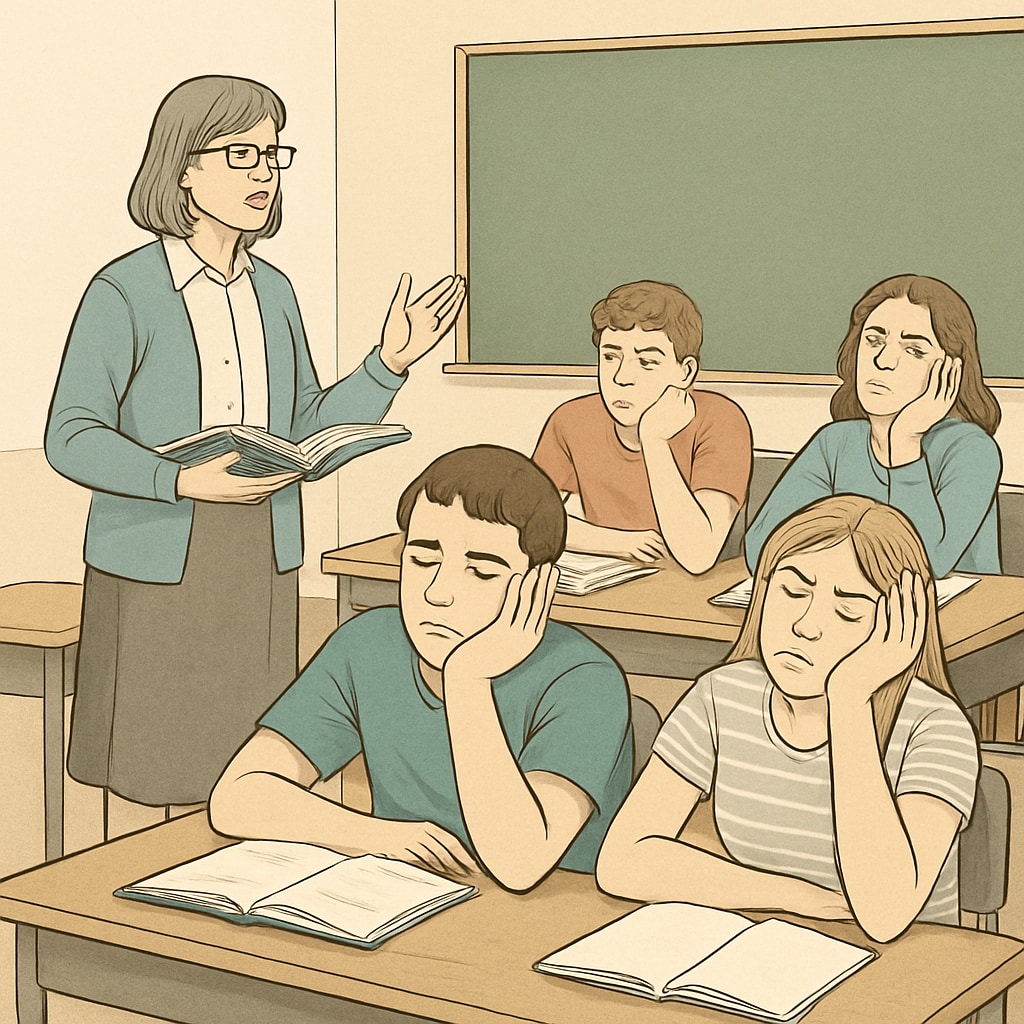One of the most pressing challenges in K12 education environments today is the pervasive issue of student boredom. Despite the increasing focus on active learning methods, many students continue to report feeling disengaged during lessons. This phenomenon is not isolated to one region or country; studies conducted across various nations have highlighted its global presence. Understanding the causes of boredom in classrooms—ranging from teaching methods to curriculum design and individual differences—can help educators develop strategies to improve the classroom experience.

Why Is Student Boredom So Common in Education?
Boredom in classrooms is a multifaceted issue influenced by several factors. First, teaching methods that rely heavily on lecturing and rote memorization often fail to capture students’ attention. For example, a study published in Wikipedia’s Education section highlights that passive learning techniques can lead to disengagement, especially among students with active learning preferences.
Second, curriculum design can play a significant role. If the content does not align with students’ interests or seems irrelevant to their lives, they are less likely to engage. Additionally, standardized testing often emphasizes repetitive drills over creative exploration, further exacerbating the issue.
Finally, individual student differences, such as learning styles, attention spans, and emotional states, contribute to boredom. For instance, some students may find the pace of the class too slow, while others might struggle to keep up, leading to frustration or disinterest.
Teaching Strategies to Combat Student Boredom
Educators can employ several strategies to address boredom and enhance classroom experiences. Here are a few actionable approaches:
- Interactive Learning: Incorporate group activities, discussions, and hands-on projects to make lessons more engaging.
- Personalized Curriculum: Adjust the curriculum to align with students’ interests and real-world applications.
- Technology Integration: Use educational technology tools like interactive quizzes and multimedia presentations to diversify teaching methods.
- Regular Feedback: Conduct surveys or discussions to understand what students find interesting or challenging, allowing educators to adapt accordingly.
By implementing these strategies, teachers can create a more dynamic and inclusive learning environment, reducing boredom and fostering better academic outcomes.

The Role of Emotional and Psychological Factors
Emotional and psychological factors also play a crucial role in student boredom. For instance, students experiencing stress or anxiety may find it difficult to focus, which can lead to a sense of disconnection. On the other hand, highly motivated students might feel under-challenged if the material is too basic.
To address these issues, educators can implement socio-emotional learning (SEL) strategies. These include teaching mindfulness techniques, building a supportive classroom atmosphere, and encouraging collaboration among peers. According to Britannica’s Education overview, SEL not only reduces boredom but also enhances overall academic performance and emotional resilience.
Conclusion: Rethinking Education to Tackle Boredom
Student boredom in K12 education environments is a complex issue requiring a multifaceted approach. By understanding the underlying causes—such as teaching methods, curriculum design, and emotional factors—educators can create more engaging and meaningful classroom experiences. The solutions outlined above aim to empower teachers with the tools they need to inspire students, making learning both enjoyable and effective.
As a result, addressing boredom is not just a matter of improving lessons but of reimagining the education system to better meet the diverse needs of students. By doing so, we can ensure that classrooms become vibrant spaces for intellectual and emotional growth.


